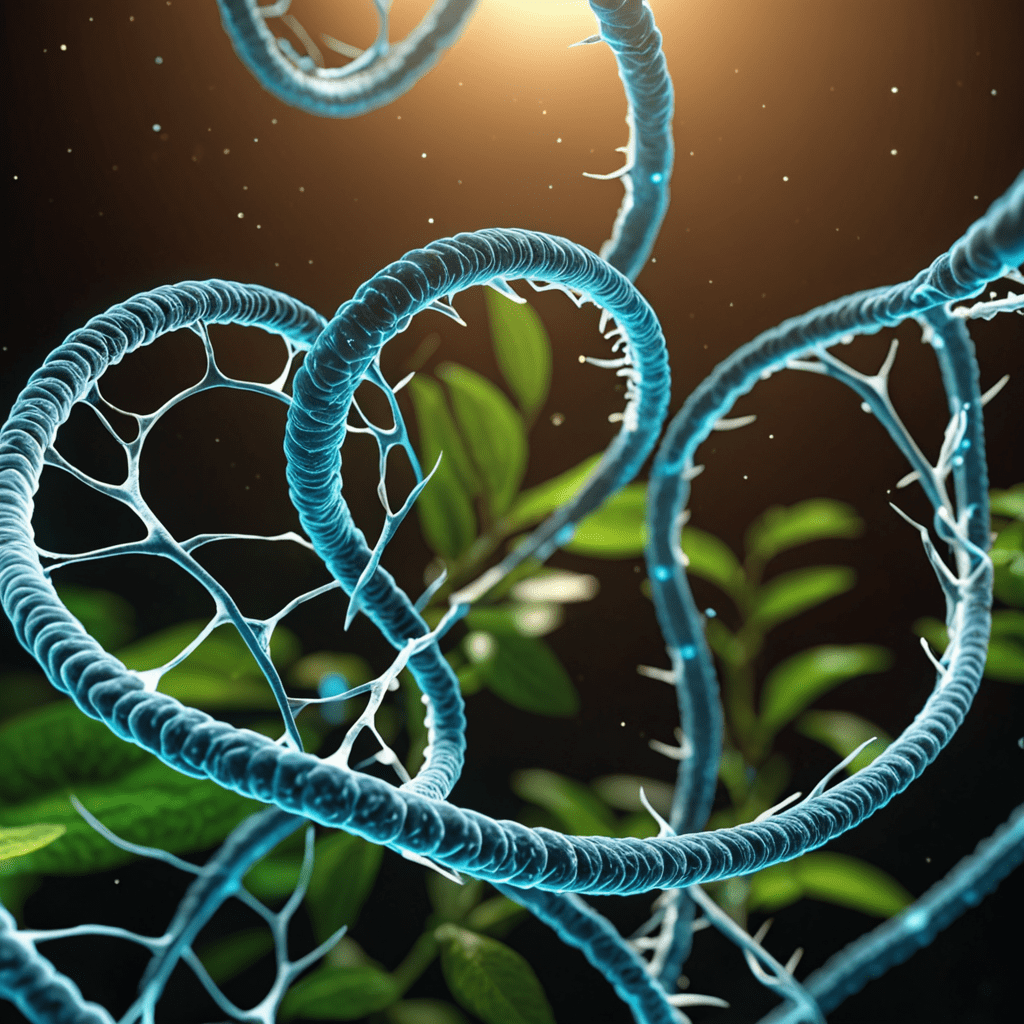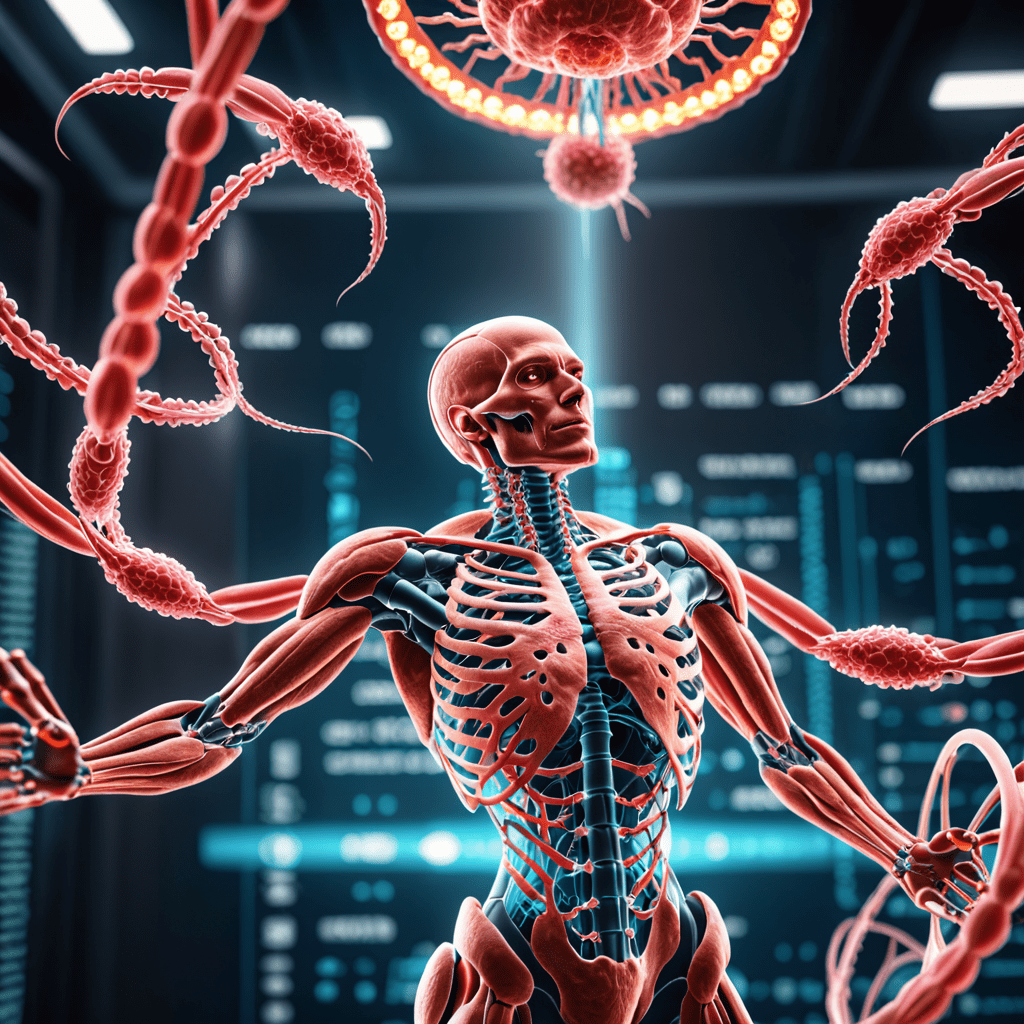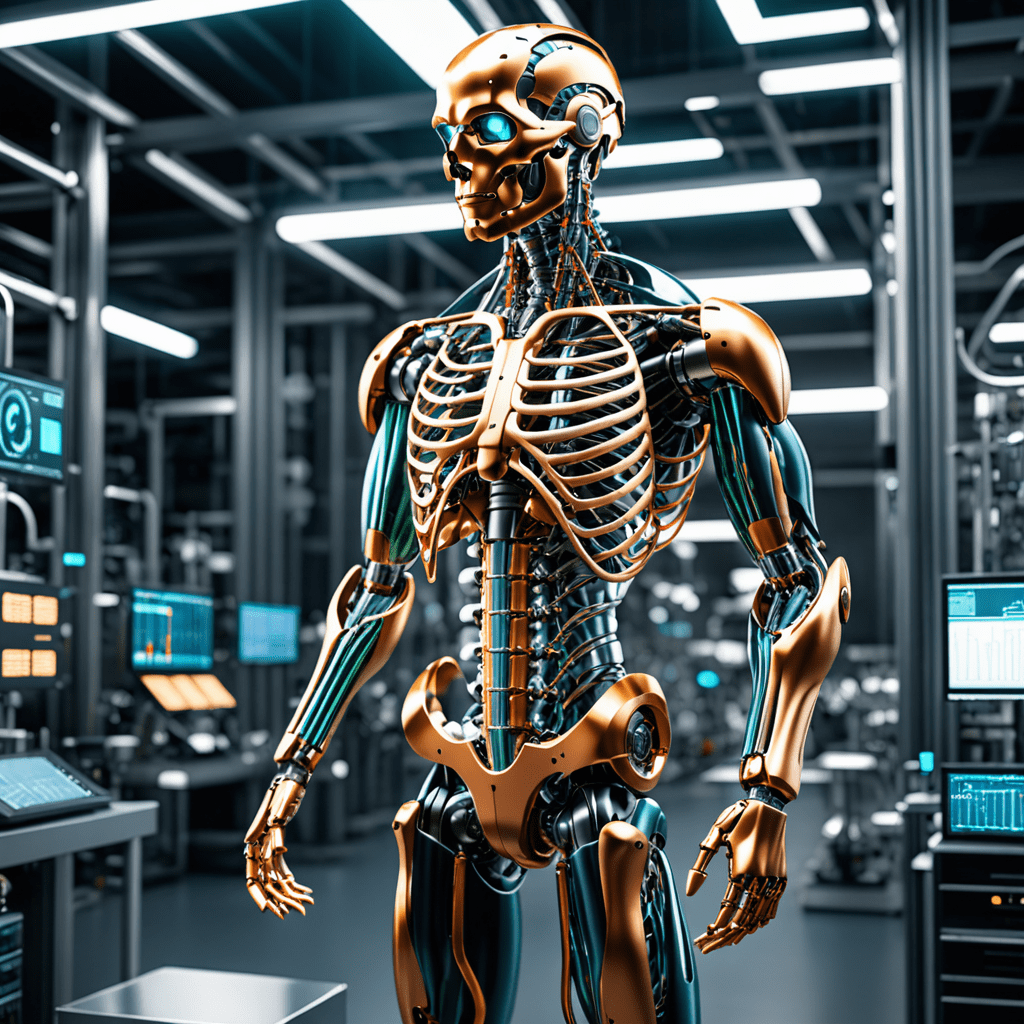Biotechnology and Bioinformatics: Computational Evolutionary Biology
Welcome to our blog post on the fascinating intersection of biotechnology and bioinformatics: Computational Evolutionary Biology. This field combines biological studies with advanced computational techniques to unravel the mysteries of evolution. Let’s delve into the depths of this captivating discipline.
The Basics of Computational Evolutionary Biology
Computational Evolutionary Biology involves applying computational tools to analyze biological data, primarily focusing on evolutionary processes. By utilizing algorithms and mathematical models, researchers can study genetic variations, species relationships, and evolutionary patterns.
Understanding Evolution through Data Analysis
Through the use of bioinformatics tools, scientists can analyze genomic sequences, protein structures, and phylogenetic relationships to reconstruct evolutionary histories. This data-driven approach helps in understanding how organisms have evolved over time and adapted to their environments.
Application of Biotechnology in Evolutionary Studies
Biotechnology plays a crucial role in Computational Evolutionary Biology by enabling researchers to manipulate DNA, conduct genetic engineering experiments, and modify organisms for evolutionary studies. Techniques like CRISPR-Cas9 have revolutionized the field, allowing precise genetic modifications with unprecedented accuracy.
Computational Tools and Algorithms in Evolutionary Analysis
Various computational tools, such as phylogenetic inference software, molecular modeling programs, and population genetics algorithms, are instrumental in evolutionary analysis. These tools help in simulating evolutionary processes, predicting genetic outcomes, and identifying evolutionary trends.
The Impact of Computational Evolutionary Biology
Computational Evolutionary Biology has significantly influenced diverse fields, including drug discovery, biodiversity conservation, and evolutionary ecology. By uncovering evolutionary patterns and genetic relationships, researchers can develop innovative solutions for medical, environmental, and agricultural challenges.
Challenges and Future Directions in Computational Evolutionary Biology
As technology advances and biological data grows exponentially, researchers face challenges related to data interpretation, algorithm development, and computational resource scalability. The future of Computational Evolutionary Biology lies in harnessing artificial intelligence, big data analytics, and machine learning to unravel complex evolutionary phenomena.
Embracing the Exciting Journey of Computational Evolutionary Biology
As we venture further into the realms of Computational Evolutionary Biology, there is much to discover and unravel. By integrating biotechnology with bioinformatics, we can unlock the secrets of evolution and pave the way for groundbreaking discoveries that shape the future of science and technology.
FAQ: Biotechnology and Bioinformatics
What is Biotechnology?
Biotechnology is the use of biological systems and organisms to develop products and technologies that benefit society in various sectors such as healthcare, agriculture, and environmental management.
What is Bioinformatics?
Bioinformatics is the application of computational tools and techniques to analyze and interpret biological data, particularly in the fields of genomics, proteomics, and metabolomics.
What is Computational Evolutionary Biology?
Computational Evolutionary Biology is the study of evolutionary processes using computational tools, algorithms, and models to analyze genetic sequences and understand the mechanisms of evolution over time.
How do Biotechnology and Bioinformatics intersect in Computational Evolutionary Biology?
Biotechnology and Bioinformatics play crucial roles in Computational Evolutionary Biology by providing the tools and methodologies to analyze genetic data, reconstruct evolutionary relationships, and study how organisms have evolved and adapted to their environments over time.


